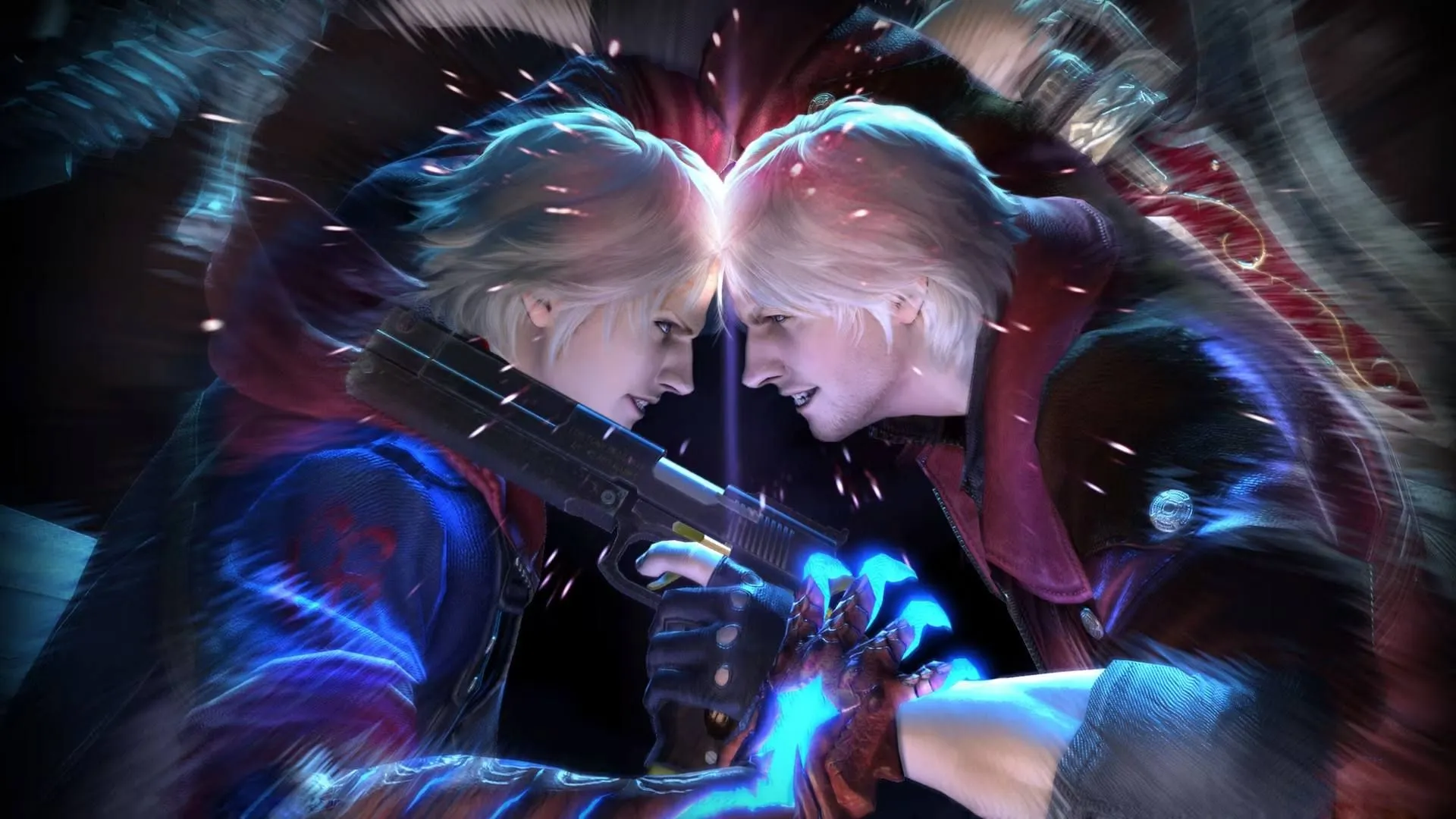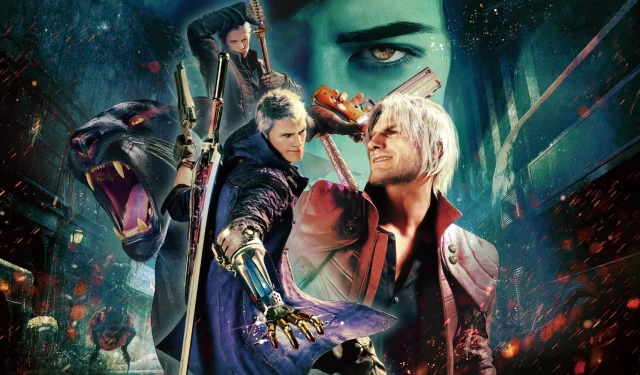Devil May Cry is a celebrated action-adventure video game series that has enchanted gamers for years. However, with its extensive history, the series can be a daunting experience for newcomers. Fortunately, the recent launch of the Devil May Cry anime on Netflix, along with the continued popularity of the Devil May Cry HD Collection, has sparked renewed interest, allowing a new generation to dive into this fascinating universe.
For those new to the franchise, navigating the various titles—including the HD Collection, Devil May Cry 4, Devil May Cry 5, and the contentious reboot DmC: Devil May Cry—can be a bit overwhelming. Each installment offers unique features and experiences. Therefore, understanding the ideal order to play the games is crucial for both enjoying the series and grasping its narrative arcs.
Recommended Playing Order for Devil May Cry

The Devil May Cry games usually function as standalone adventures, allowing players to explore them independently. However, to fully appreciate the overarching narrative and character growth, it is advisable to play them in their release order:
- Devil May Cry
- Devil May Cry 2
- Devil May Cry 3
- Devil May Cry 4
- Devil May Cry 5
The Devil May Cry HD Collection is an excellent starting point for newcomers, as it encompasses the original trilogy on all major platforms. While the first game may take some adjustment for those new to action games, players can opt to begin with Devil May Cry 3, which serves as a prequel, requiring no previous experience.
While some enthusiasts argue that Devil May Cry 2 can be entirely skipped due to its lack of meaningful plot and character development, it should not deter new players from experiencing the rest of the franchise. The original and third games offer vastly superior gameplay and storytelling.

It is particularly important to play Devil May Cry 4 prior to Devil May Cry 5, especially since the character Nero, introduced in the fourth game, plays a central role in the fifth installment. Having background knowledge of Nero’s prior journey significantly enhances the impact of his character arc in Devil May Cry 5.
The reboot, DmC: Devil May Cry, is designed as a standalone experience and can be enjoyed at any time. It offers a reimagined origin story for key characters like Dante and Vergil. Although it diverges from the traditional gameplay as it was conceptualized by a different development team, it still retains the core essence of the series.
Devil May Cry Games in Chronological Order

Exploring the series in chronological order provides an alternative perspective and can also ease new players into the lore of the franchise. The following order allows for a seamless transition into the world of Devil May Cry:
- Devil May Cry 3
- Devil May Cry
- Devil May Cry 2
- Devil May Cry 4
- Devil May Cry 5
When opting for a chronological experience, most of the prior guidance still applies. Starting with Devil May Cry 3 is advantageous due to its prequel status, although transitioning from it to Devil May Cry might feel jarring for some players. Additionally, Devil May Cry 2 can largely be bypassed, as its essential elements are summarized in Devil May Cry 5, significantly reducing the need to engage with it.
Since the timeline of Devil May Cry largely follows chronological continuity, the only adjustment to your playthrough will be placing Devil May Cry 3 at the beginning, allowing you to experience the remaining games in their original release order.


